Indonesia's food scene is a vibrant mix of flavors, influenced by its diverse culture and rich history. From savory street snacks to hearty traditional dishes, each region offers a unique taste experience.
Whether you’re savoring spicy sambal or indulging in a bowl of aromatic nasi goreng, Indonesian cuisine is a must-try for any traveler seeking an adventure for the taste buds.
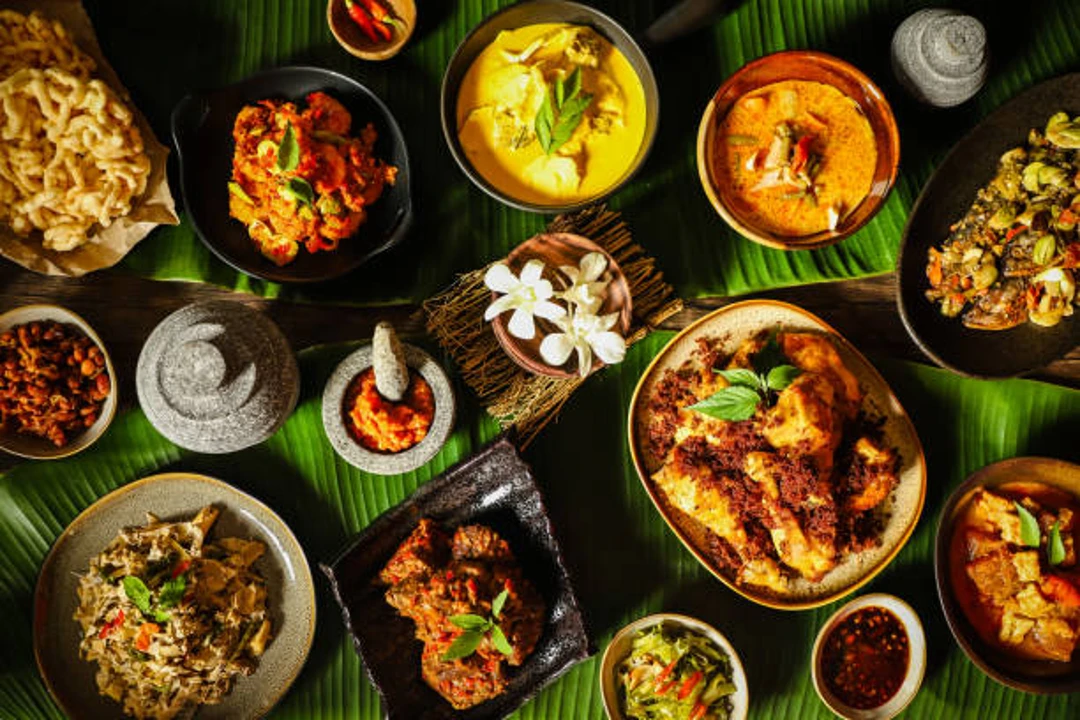
15 Must-Try Foods in Indonesia
1. Nasi Goreng
Indonesia’s Nasi Goreng (fried rice) is heaven in a dish. The sweet and savory flavors are a delight. It’s made with kecap manis, a sweet soy sauce, and can also be mixed with eggs, chicken, and/or shrimp. Add crispy shallots and a side of krupuk (crackers) on top, and you have a perfect meal!
This is Indonesian comfort food at its best. Try it from a stall or warung while in Jakarta.
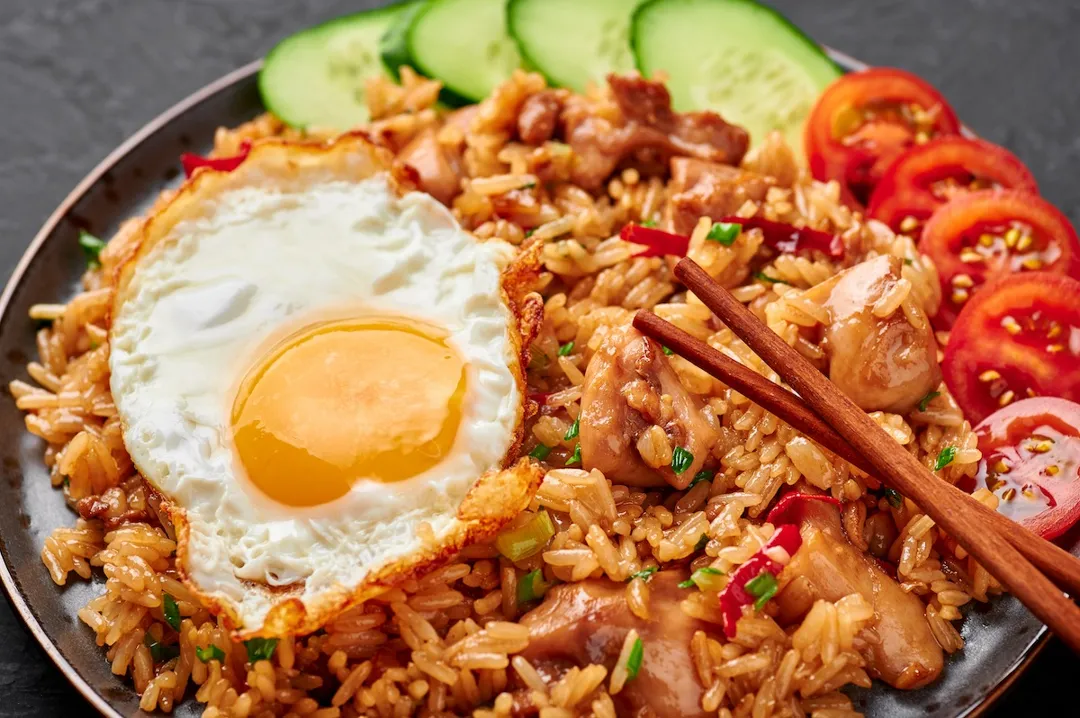
2. Satay
Satayis a common street food consisting of grilled and skewered meat. The meat is typically accompanied by a rich peanut sauce. Although chicken satay (sate ayam) is the most common, lamb or beef satay is also available— and just as delicious.
Some of the best can be had in Madura, where expect your satay to be freshly cooked and full of flavor.
3. Gado-Gado
This healthy salad is made with blanched vegetables and tofu, tempeh, and hard boiled eggs, and topped with a rich and creamy peanut sauce. It usually comes with lontong (rice cake) too, so it’s a pretty filling meal.
A great place to have a delicious plate of Gado-Gado is at the street markets in Bandung, as everything is super fresh there.
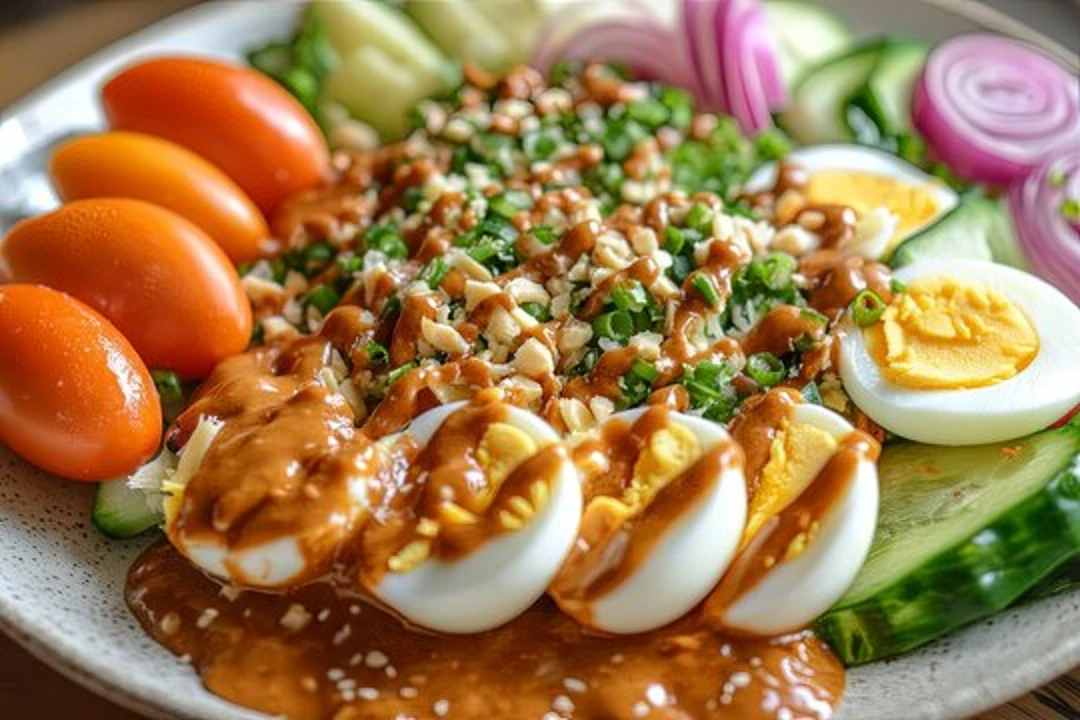
4. Rendang
Rendang is a flavorful, rich beef stew loved throughout all of Indonesia, though originally from West Sumatra.
The meat is simmered slowly in coconut milk and a ground spice paste for several hours, resulting in a tender, succulent dish. The intense taste of lemongrass, ginger, and turmeric will linger on your palate for days. Find it all over Padang.
5. Soto
There is a type of soup in Indonesia called soto, which is made with meat and vegetables in a broth that differs from place to place. Soto Betawi is one type, made with beef and coconut milk.
While in Surabaya, get to know soto better by ordering a different kind each day from the street carts or the little restaurants.
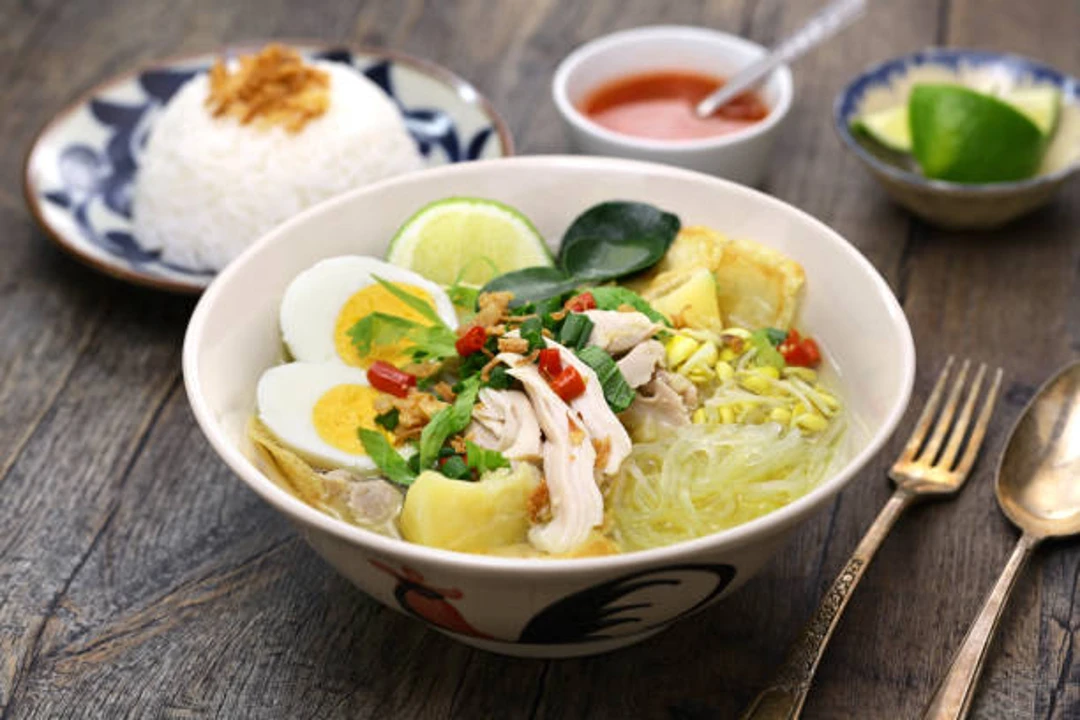
6. Tempeh
Stir-fried, grilled, or deep-fried until it’s delicious, this fermented soybean patty is quite versatile and full of protein. It can be sweet and spicy and it always has this nutty chew to it.
Yogyakarta is one of the best places in Indonesia to sample Tempeh, with locally-made flavors offering something that tastes particularly fresh.
7. Bakso
Bakso are ground meat balls, and they always come with a steaming bowl of noodle soup, with fresh greens, fried shallots, and usually sambal too–a comforting local classic. You’ll love finding a warm bowl in Malang.
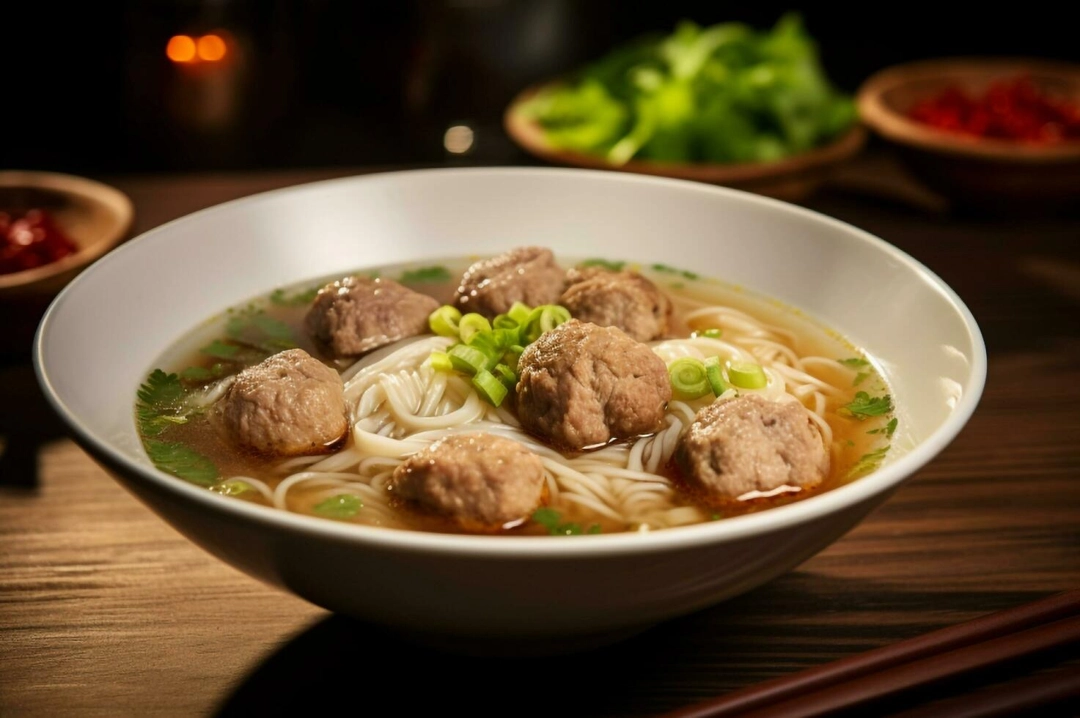
8. Gudeg
Originating in Yogyakarta, Gudeg is a sweet stew made from jackfruit. The fruit is slow cooked in coconut milk with palm sugar and spices until it has a shriveled, almost jerky-like texture.
Traditionally served with rice and either chicken or an egg, it’s best enjoyed in Yogyakarta either at street food stalls or at one of the many Gudeg specialty restaurants.
9. Sambal
More of a sauce than a meal itself, Sambal is a hot chili paste served with almost every Indonesian dish.
There are many regional variations, such as the fresh and tangy Sambal Matah from Bali, where you can eat your way through the wonderful world of this fiery condiment at warungs.
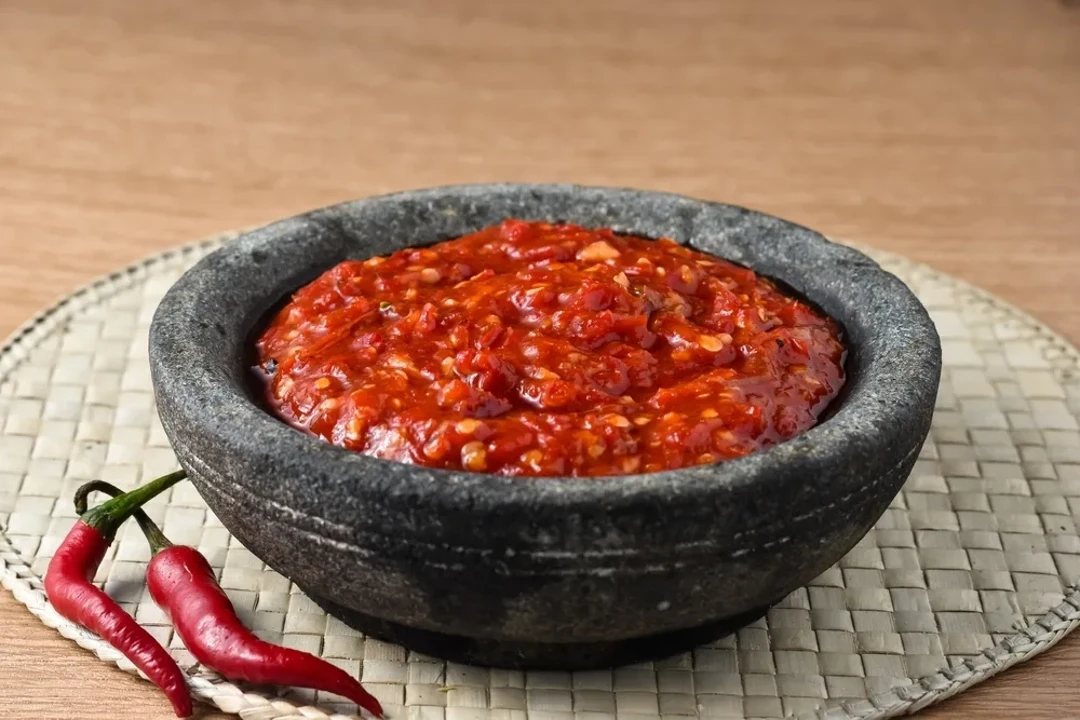
10. Lontong
Lontong is rice that is packed tightly into a rolled-up banana leaf and boiled for hours until it solidifies. It’s usually sliced and served as a complement to other dishes. It’s great with peanut sauce or in a soup like Lontong Sayur.
If you’re in Medan, you can expect to find the best, where it’s frequently served with spicy dishes.
11. Pempek
Originally from Palembang, Pempek is a special type of fishcake that you eat with a sweet-and-sour sauce made with vinegar. One popular variety is kapal selam, where there is an egg in the fishcake.
If you want to try the best Pempek, you’ll need to head to Palembang, as there are a lot of vendors and shops where you can try different versions.

12. Sop Buntut
Sop Buntut— a kind of oxtail soup with vegetables, herbs, and spices. Jakarta is famous for it (and you can get near in anywhere).
13. Sate Padang
Very much unlike any other satay, Sate Padang is cooked in a thick, spicy sauce based on curry flavors.
It’s most commonly prepared with beef or offal which gives it a very interesting texture and flavor. Padang in Sumatra is the place to try it.
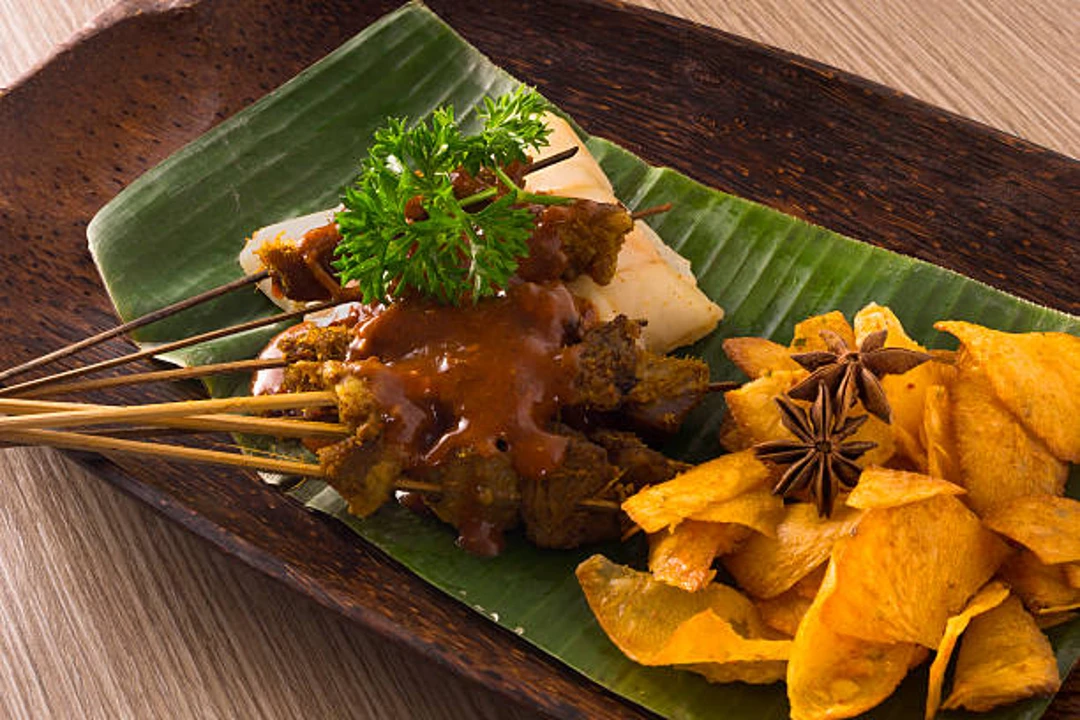
14. Ayam Penyet
This dish is made up of fried chicken that’s been smashed up, with sambal and usually served with a side of rice and veggies. It’s all about the sambal and its heat. You can enjoy this tasty meal at eateries in Surabaya, where you have plenty to choose from.
15. Es Campur
Cool down after all that food with Es Campur, a sweet shaved ice dessert that’s deliciously refreshing.
Yes, you may need a jacket elsewhere in the highlands but in Makassar, this hit the spot.
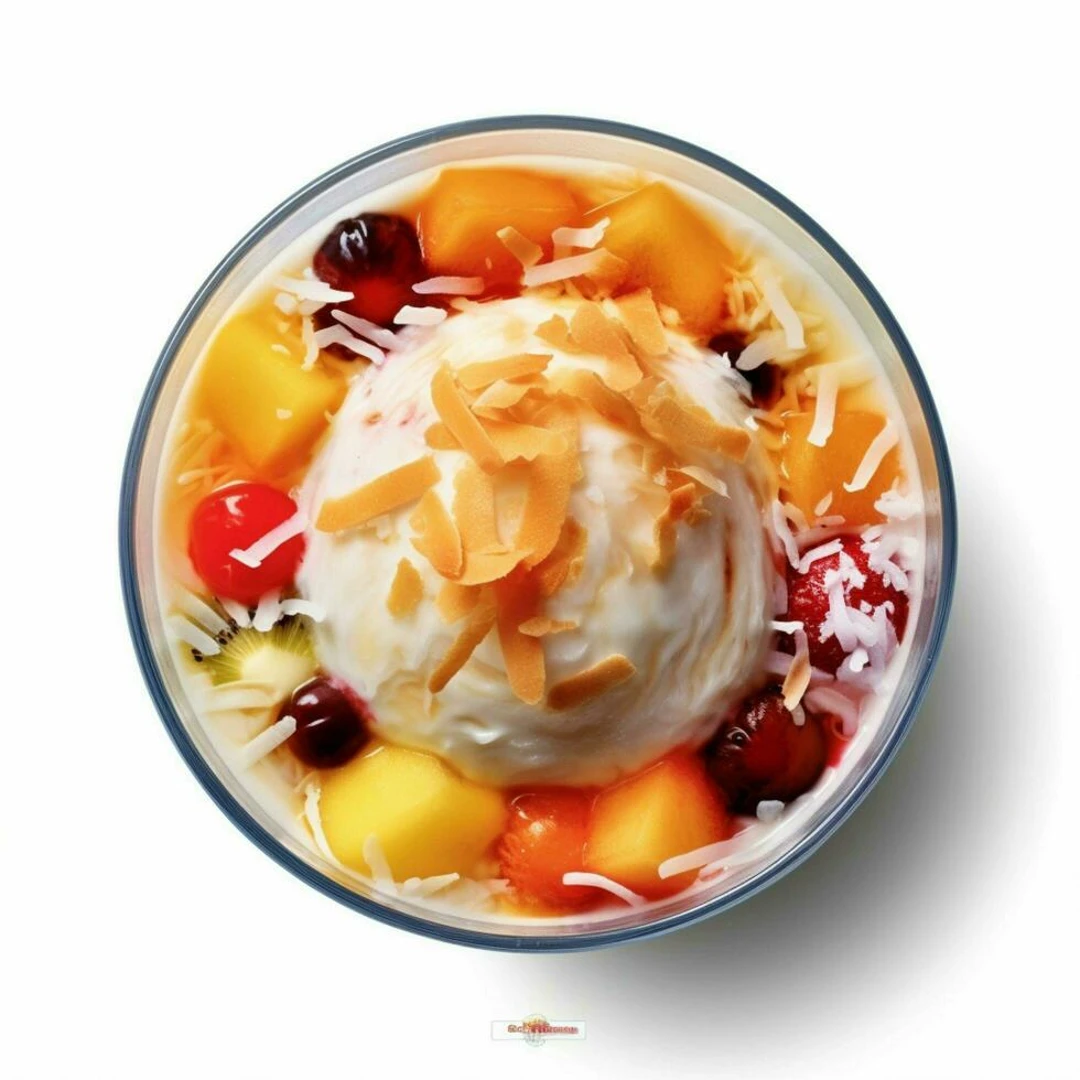
Cultural Dining Practices and Etiquette
In Indonesia, eating is a social activity meant to bring people together. Meals are often served family-style, with dishes placed in the center for everyone to share.
It’s common to eat with your hands, especially in traditional and rural areas, as it’s believed to foster a deeper connection with the meal and those you’re dining with.
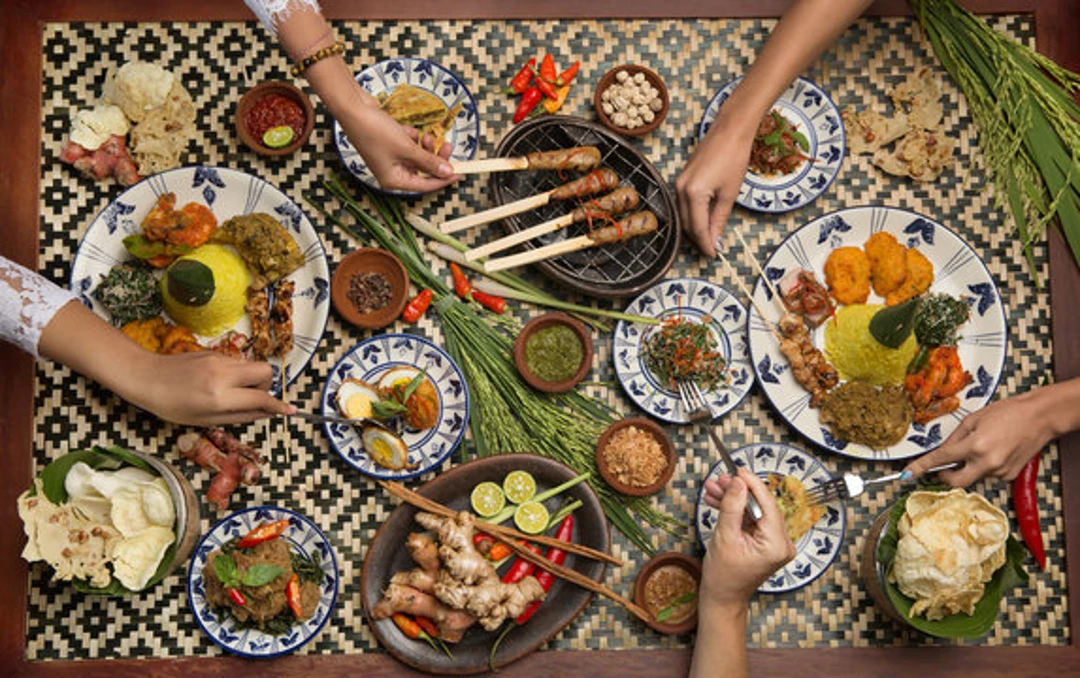
Sharing meals is vital to the culture, emphasizing community and family. The table is filled with food, conversation, and laughter, reflecting the strong sense of togetherness. Dishes like Tumpeng, a cone of rice surrounded by side dishes, are displayed artistically and symbolize harmony and cooperation, often served at celebrations to highlight Indonesia’s rich culture.
Nutritional Value
Indonesian cuisine is not only delicious but also typically healthy. When you eat Indonesian food, you’re enjoying a lot of fresh vegetables, lean proteins (usually tofu and tempeh), and whole grains, all of which contribute to a healthy digestive system.
A simple tip for enjoying Indonesian cuisine is to opt for steam-cooked, grilled, or stir-fried dishes instead of deep-fried ones as much as possible. This way, you can savor all the amazing flavors without the added calories.
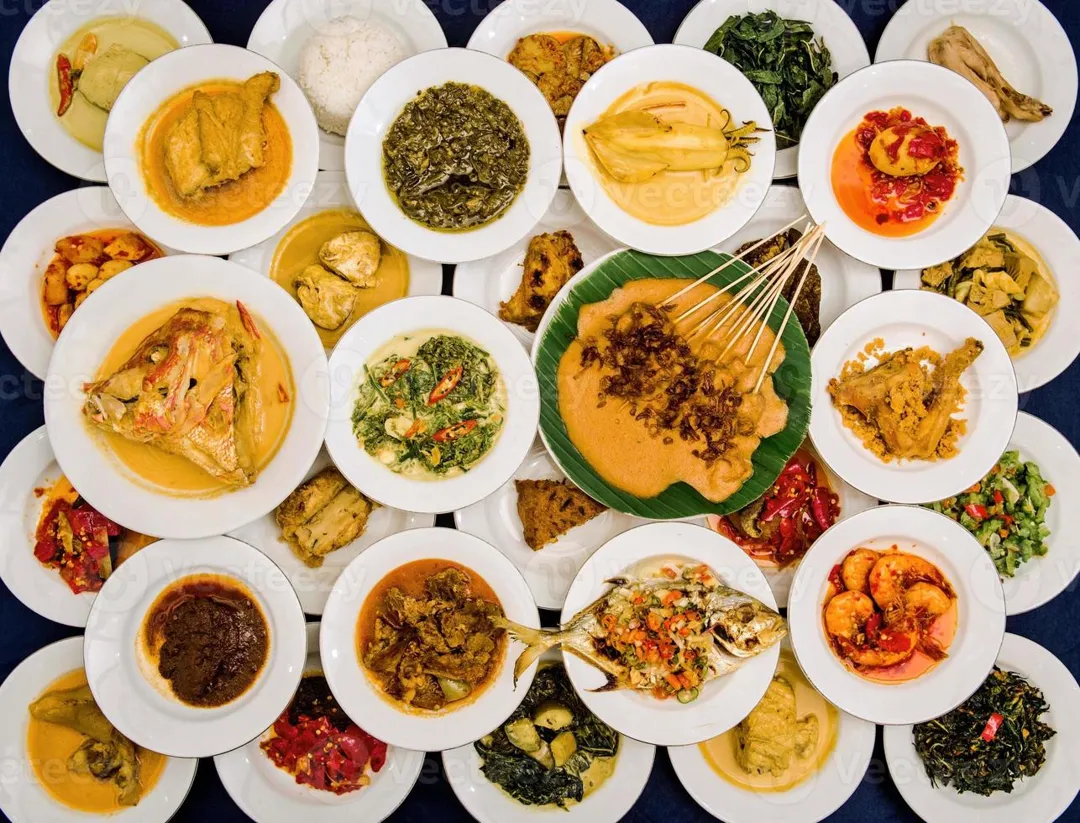
Many dishes are traditionally served with a variety of veggies and herbs, providing a great way to boost your intake of vitamins and minerals. If you fill your plate with a colorful mix, not only will your meal be more flavorful, but it’ll also be much healthier.
Conclusion
In this article, we've explored the flavors of Indonesian cuisine, highlighting typical dishes, key ingredients, and where to enjoy them.
From food stalls to local spots, Indonesia is a food lover’s dream. We've also touched on the health aspects and how to enjoy the cuisine while staying "reedoakly."
Whether it's the food or culture that draws you, a trip to Indonesia offers a unique culinary experience! As you savor these dishes, you'll not only satisfy your appetite but also expand your knowledge of Indonesian cuisine.
